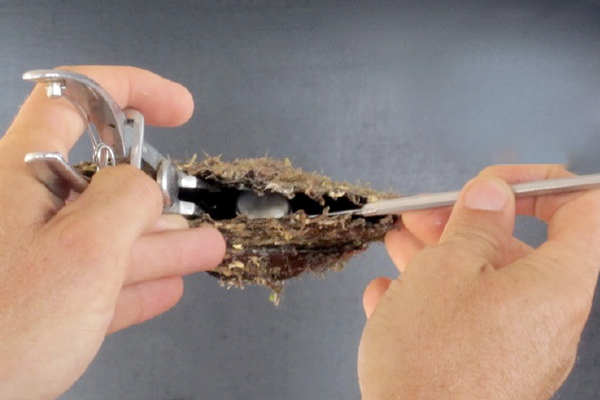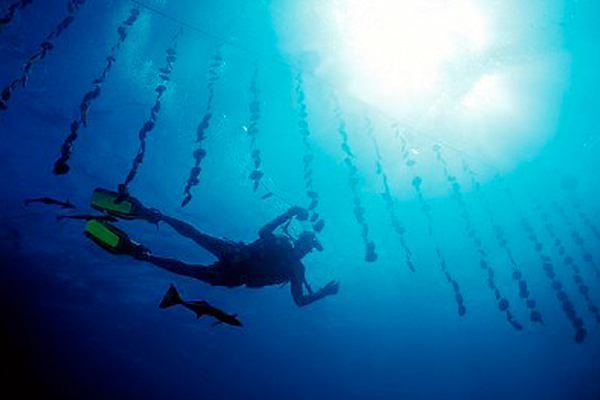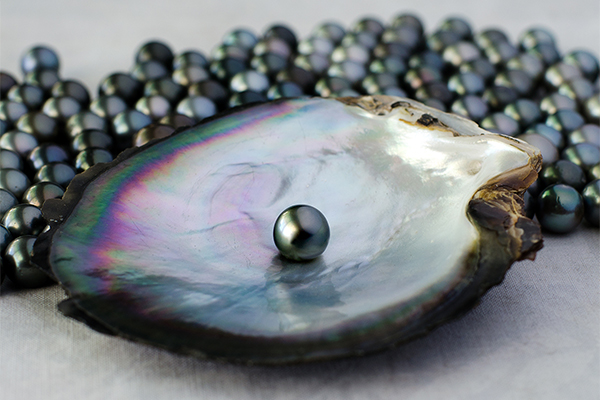The Tahitian Pearl

Queen of Pearls & Finest of Them All.
Nature’s Miracle
From the turquoise lagoons of French Polynesia, a miracle is born: the Tahitian pearl. In yesteryears, a shell fragment floating into an oyster would trigger nacre secretion, resulting in a natural pearl. Today, a shell nucleus (bead) is carefully inserted, thereby imitating nature’s grain of shell or sand. To protect itself from this irritant, the oyster secretes nacre, just as it would have in nature. Thus is the beginning of the fascinating story behind pearl cultivation.


Selection
Tahitian pearls are born from the Pinctada Margaritifera mollusk, aptly named after the Latin “margarita” for treasure. This mollusk is indigenous to French Polynesia and thrives in our pristine lagoons. Our expert pearlers carefully select baby oysters (“spats”) from the wild sea floor and raise them in “nurseries” for 2 years. During this time, a watchful eye is necessary to guard these youthful oysters against predators and parasites.
Art & Science
Once the oysters reach maturity, our experts are once again called upon to skillfully insert a shell nucleus into each oyster. This process, called grafting, triggers thousands of layers of aragonite (“nacre”) to be deposited onto the nucleus core. Grafting requires artful precision in order to place the nucleus without harming the oyster, thus creating harmony between art and science.


Patient Nurturing
Once seeded, patience and dedication are necessary to allow nature to take its course. It will take 2 years for successive layers of nacre to be deposited onto the nucleus, thereby forming our pearls. During this time, our pearlers act as guardians, nurturing every oyster by hand and protecting them from parasitic intrusions. The lagoon environment must also be carefully monitored for ideal temperature, turbidity, and nutritive plankton.
Harvest
At long last, the bustling season of harvest arrives and the oyster shells are lifted from the seas. Excitement fills the air as each pearl is finally revealed. Until this moment, no one can predict the outcome and only 1% of a harvest will produce gem quality pearls.


